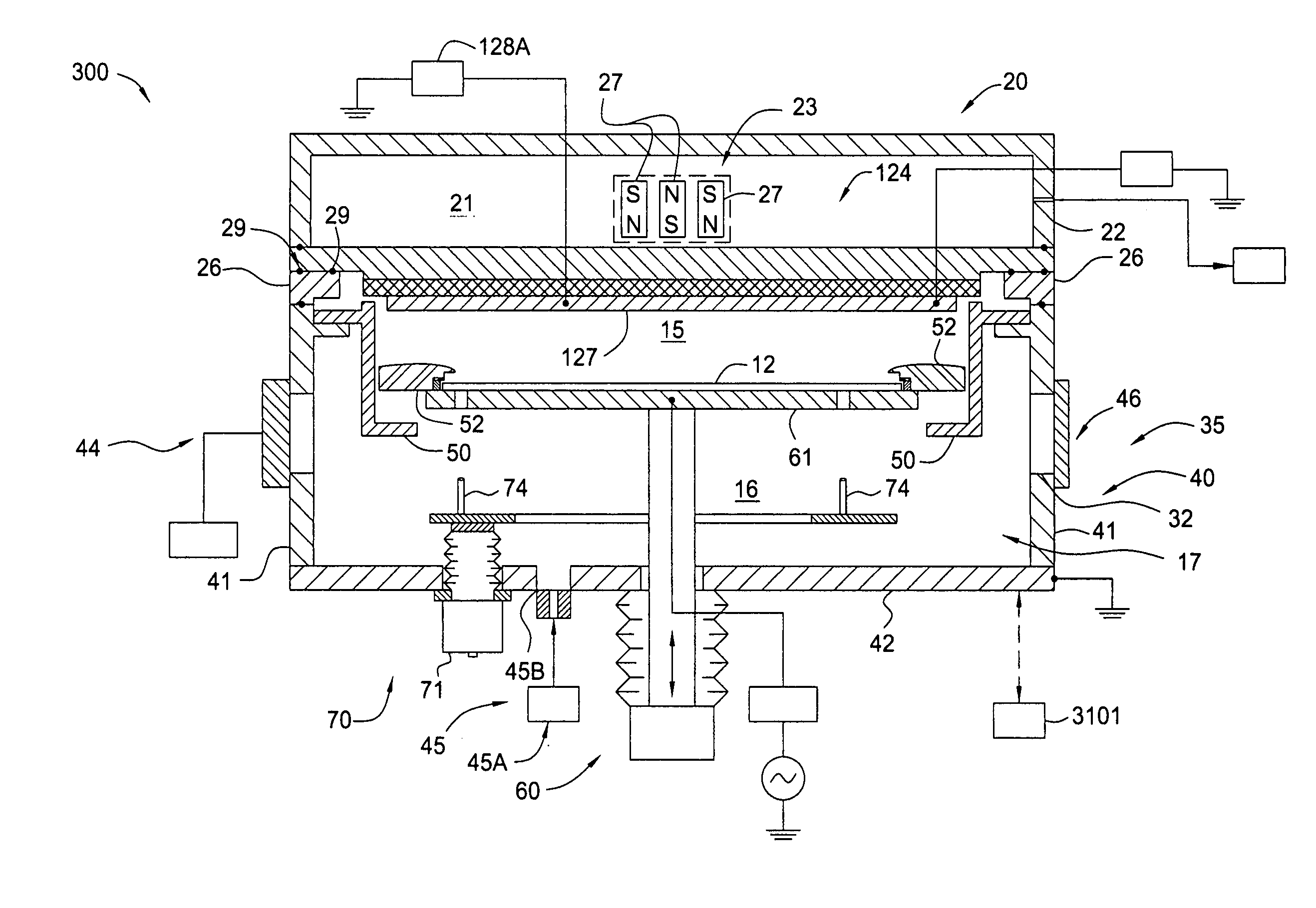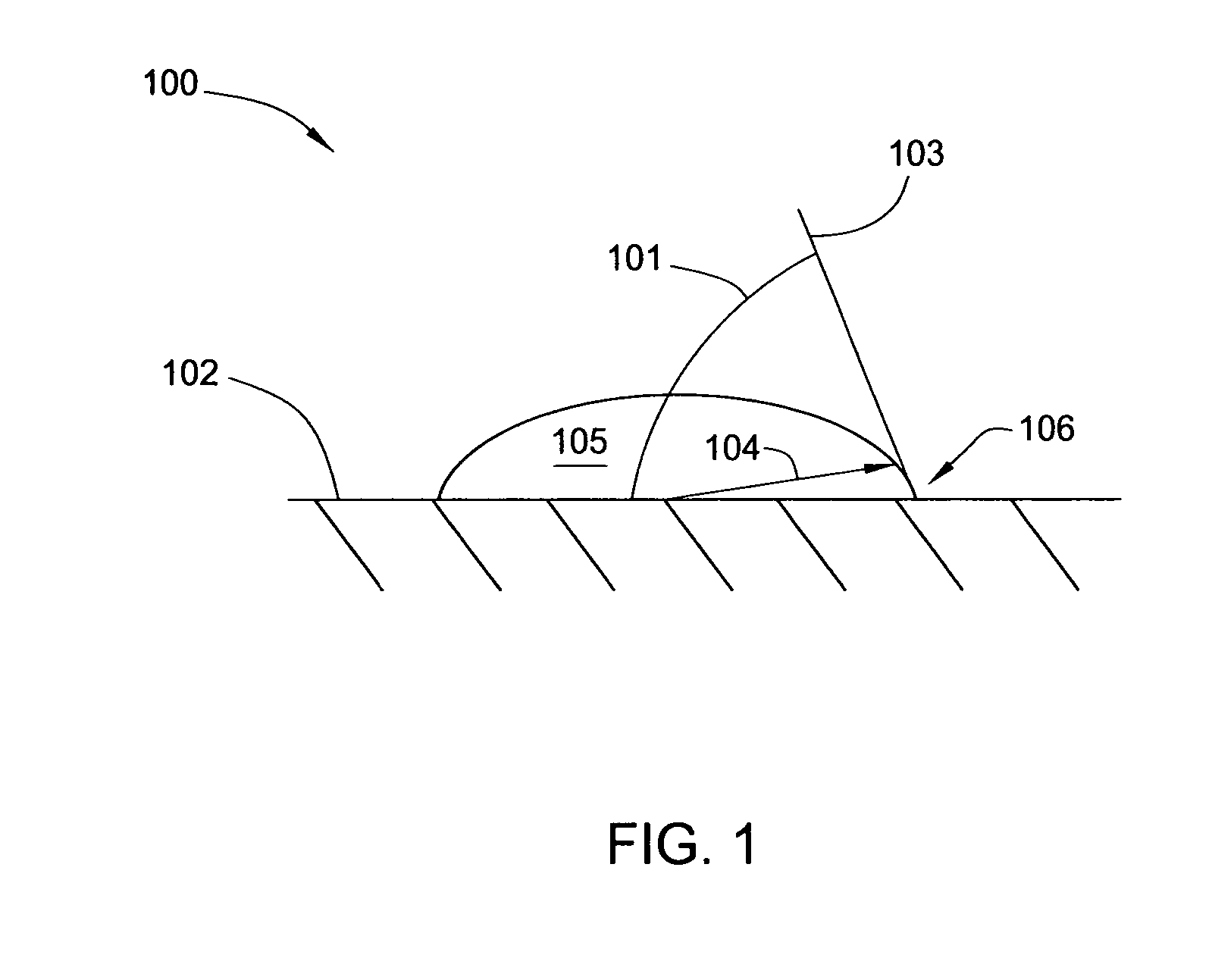PVD method to condition a substrate surface
a substrate surface and pvd technology, applied in vacuum evaporation coatings, sputtering coatings, coatings, etc., can solve the problem of low bulk resistivity, achieve low resistivity, enhance the resistance to acid corrosion, and increase the resistance of substrates to acid etching.
- Summary
- Abstract
- Description
- Claims
- Application Information
AI Technical Summary
Benefits of technology
Problems solved by technology
Method used
Image
Examples
embodiment
PREFERRED EMBODIMENT
[0049] In one aspect of the invention, surfaces inside a fuel cell that may benefit from a conditioning or protective coating, such as a TiN coating, include the flow field side of a separator plate, such as anode separator plate 260 and a cathode separator plate 270 contained in fuel cell unit 200 and illustrated in FIG. 2B. Because the conductive plates in fuel cell unit 200 are generally composed of brittle and / or non-durable materials, such as graphite, carbon-composites, or polymers, for example, a durable conductive coating, such as TiN may greatly improve their operational lifetime. Further, TiN is resistant to etching by hydrofluoric acid, which is commonly present inside fuel cells in concentrations up to about 10 ppm.
[0050]FIG. 4A illustrates a partial sectional view of the flow field surface 400 of an anode separator plate 260, which is also illustrated in FIGS. 2A and 2B. Gas channels 401 contained in flow field 262 are shown in cross-section. A PVD ...
PUM
| Property | Measurement | Unit |
|---|---|---|
| liquid contact angle | aaaaa | aaaaa |
| contact angle | aaaaa | aaaaa |
| contact angle | aaaaa | aaaaa |
Abstract
Description
Claims
Application Information
 Login to View More
Login to View More - R&D Engineer
- R&D Manager
- IP Professional
- Industry Leading Data Capabilities
- Powerful AI technology
- Patent DNA Extraction
Browse by: Latest US Patents, China's latest patents, Technical Efficacy Thesaurus, Application Domain, Technology Topic, Popular Technical Reports.
© 2024 PatSnap. All rights reserved.Legal|Privacy policy|Modern Slavery Act Transparency Statement|Sitemap|About US| Contact US: help@patsnap.com










